$LNG $OIL $BTC
#Iran #NaturalGas #EnergyMarket #SouthPars #OilAndGas #MiddleEast #EnergyReserves #GlobalMarket #GasProduction #EnergySecurity #MarketAnalysis #Commodities
Iran’s South Pars gas field, covering 3,700 square kilometers, is a critical part of the world’s largest natural gas reservoir. With an estimated 14.2 trillion cubic meters (Tcm) of gas reserves and 18 billion barrels of gas condensate, South Pars represents a vast energy resource. The field shares its reservoir with Qatar, whose North Dome section spans 6,000 square kilometers and holds approximately 36.8 Tcm in gas reserves and 32 billion barrels of condensate. Together, these fields underscore the geopolitical importance of natural gas in the Middle East, a region already vital to global energy markets. Iran has divided its share into 24 development phases, with production targets ranging between 28 million cubic meters per day (mcm/d) and 57 mcm/d, showcasing the country’s ambition to harness these resources amidst challenging global dynamics.
The potential expansion in South Pars could influence global energy markets, particularly natural gas prices. Iran’s bid to ramp up production could serve to stabilize global supply amidst disruptions elsewhere, such as the ongoing energy crisis in Europe caused by the Russia-Ukraine conflict. However, Iran’s ability to fully exploit these resources remains impeded by international sanctions. These sanctions limit foreign investment and technology transfer, two key components necessary for the efficient development of large-scale energy projects. Without access to advanced drilling technologies and infrastructure, Iran’s South Pars expansion may underperform its potential, limiting its capacity to impact global pricing in the near term.
From a geopolitical perspective, Iran’s push to boost production could bolster its economic influence within OPEC and the broader natural gas trade. Increased output from South Pars could also provide Iran with leverage in its diplomatic engagements with neighboring countries like Russia, China, and Turkey. Domestically, the Iranian government may also see this project as essential for securing energy self-sufficiency and economic revitalization. If international markets begin viewing Iran as a more reliable energy supplier, it could shift the dynamics of global LNG (liquefied natural gas) trade, creating new opportunities for stakeholders in both public and private sectors, including companies focused on transportation, storage, and downstream refining.
Market participants should monitor how these developments affect energy-related securities and commodities. For instance, U.S.-based liquefied natural gas exporters like $LNG could face increased competition if Iran succeeds in boosting its gas exports over time. Oil prices might also experience volatility, as shifts in regional energy dynamics often correlate with broader market fluctuations. Additionally, the growth in Iranian gas production may attract a renewed influx of foreign capital in the future, should sanctions ease. This makes Iranian energy assets a potential long-term consideration for investors if the regulatory landscape changes. However, short-term market impact remains capped as global investors await clarity on Iran’s ability to navigate operational and geopolitical challenges.
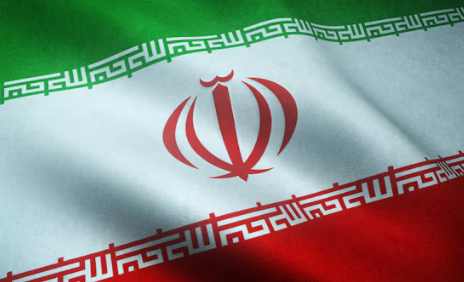


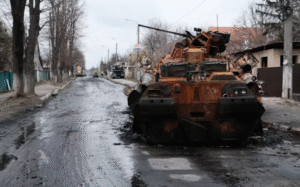
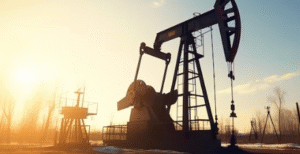

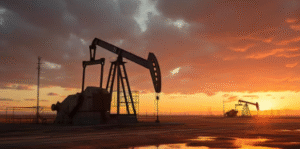


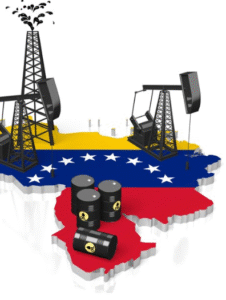

Comments are closed.